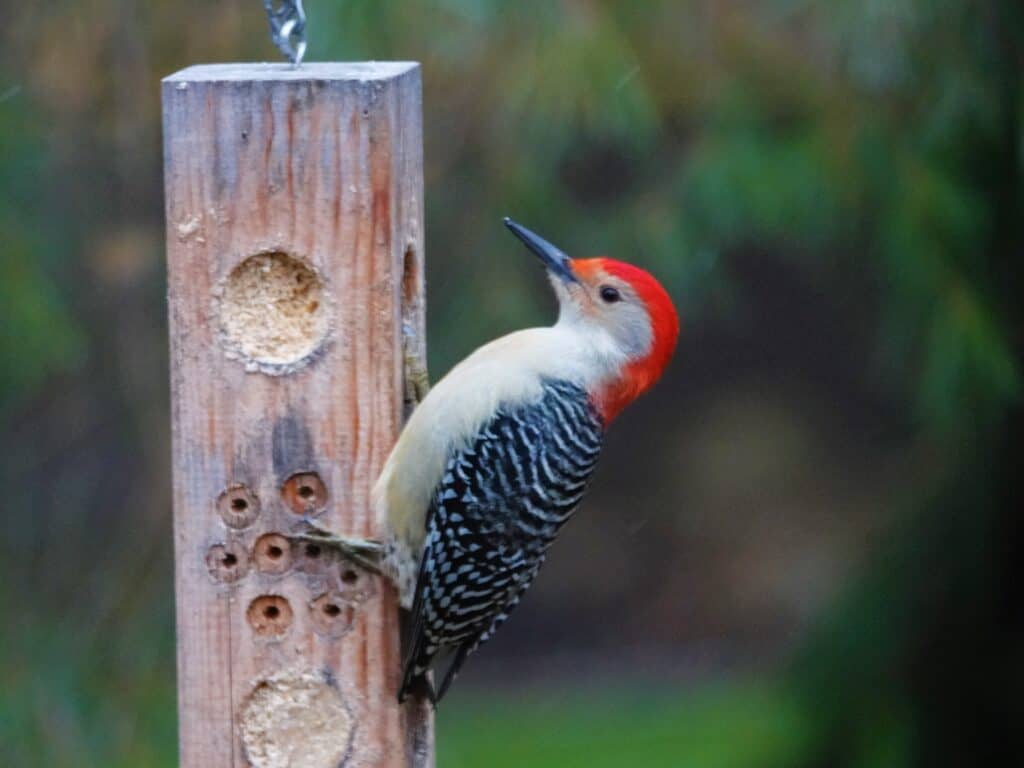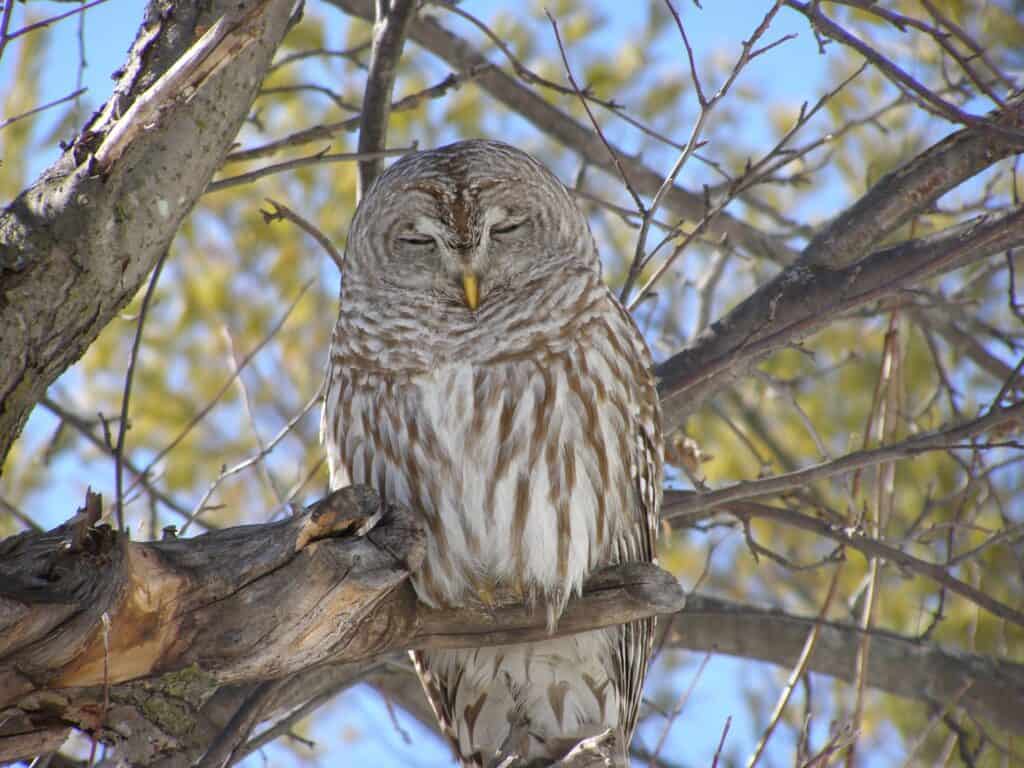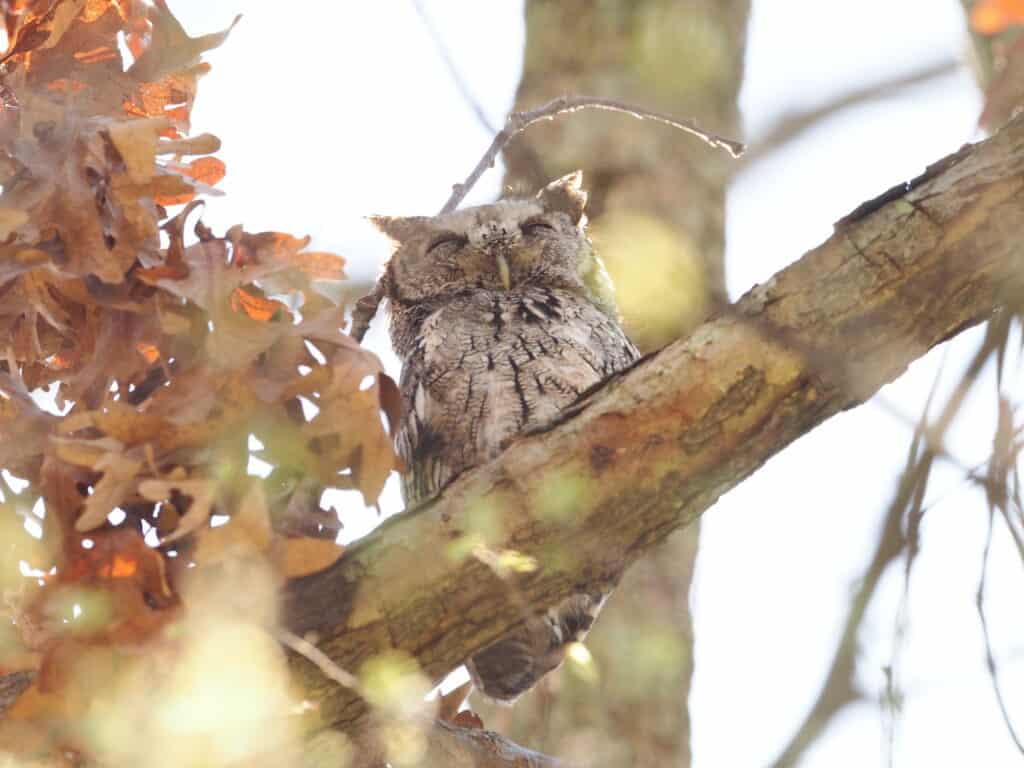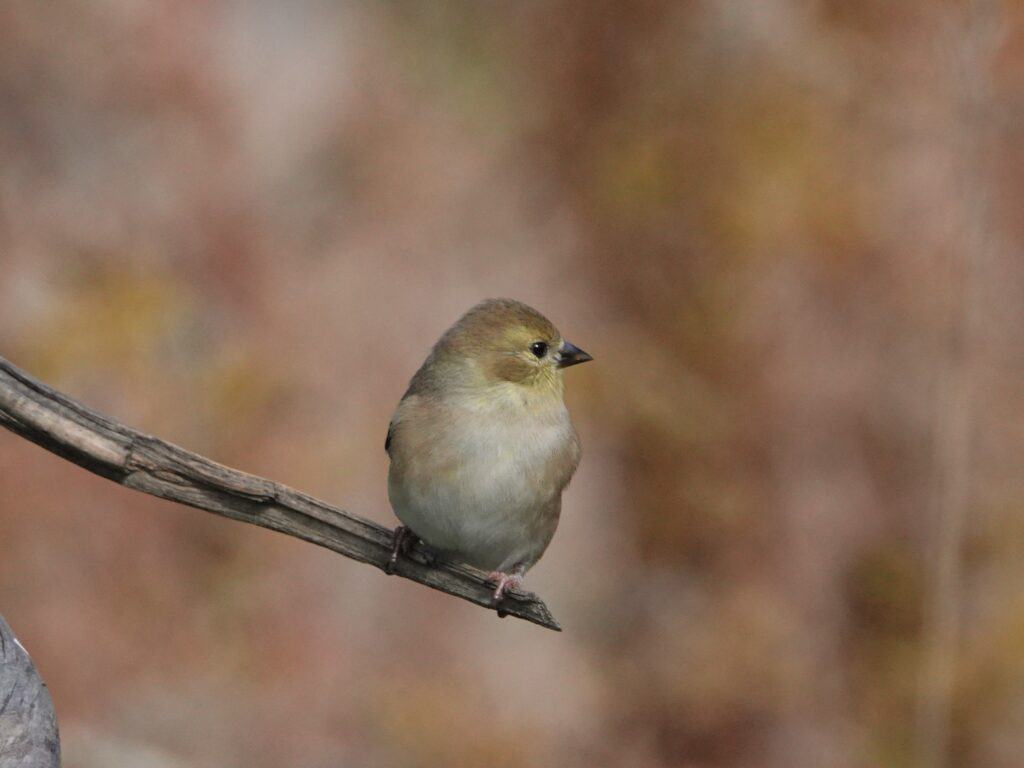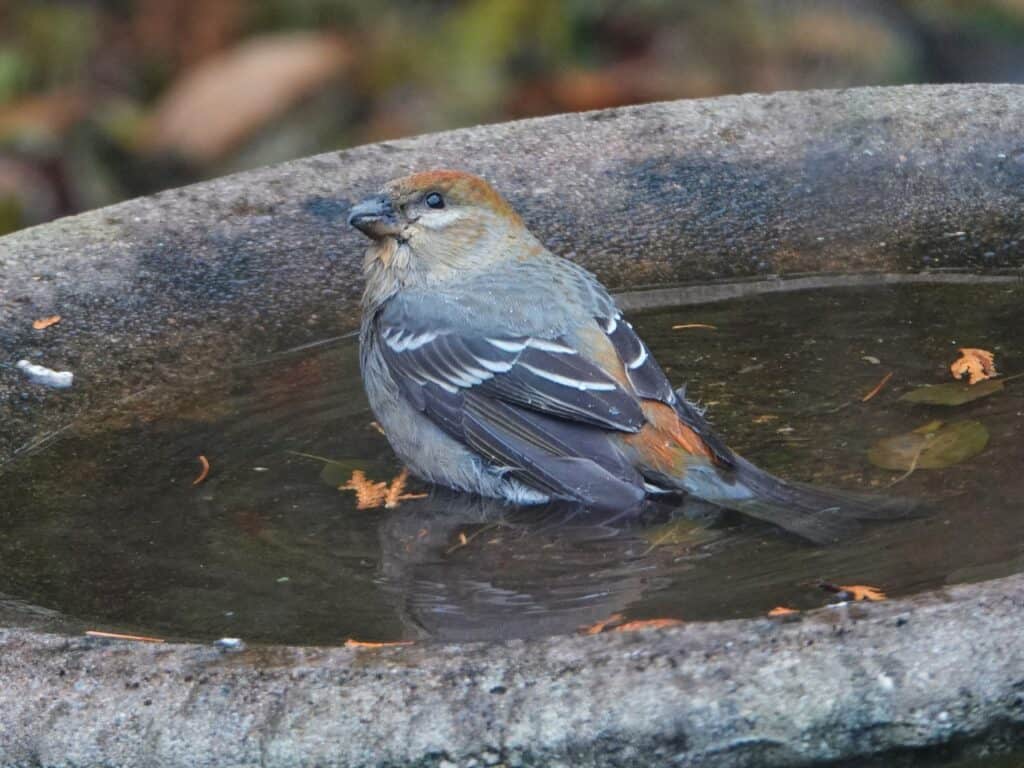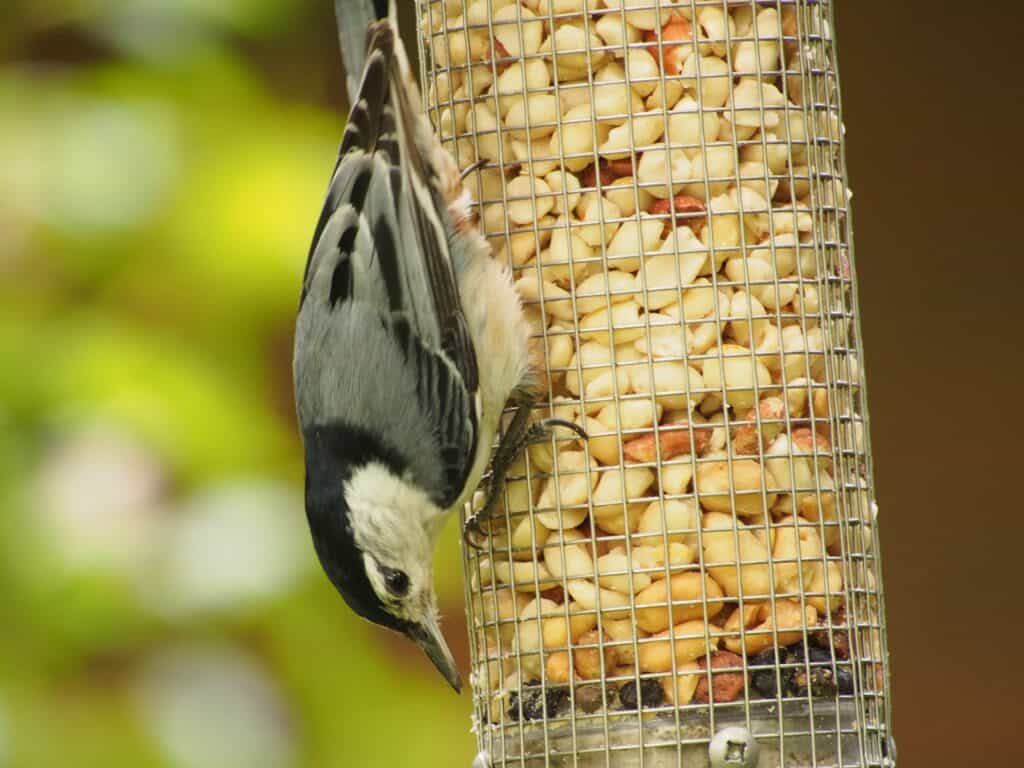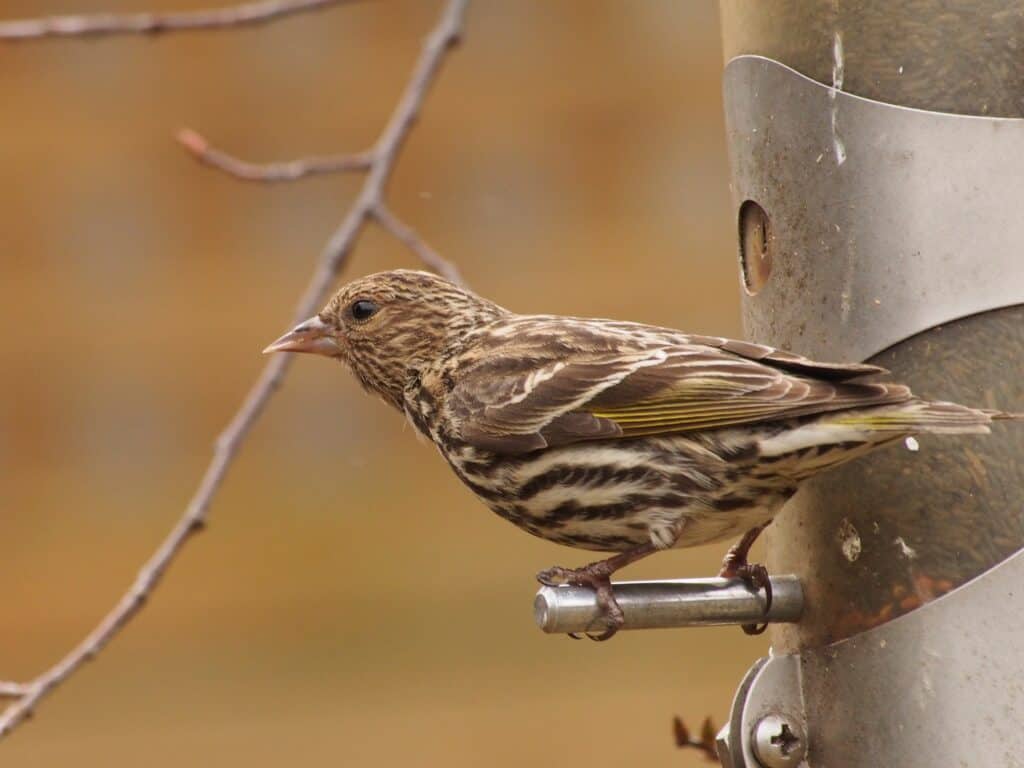Record-highs for 16 species recorded on the annual Peterborough Christmas Bird Count
Maybe it was our collective cabin fever, the increased interest in birding, or simply fewer Christmas obligations than in a normal year. For whatever combination of reasons, a record 96 people took part in this year’s Peterborough Christmas Bird Count (CBC), held on December 20. The birds held up their end of the bargain, too. Despite despicable weather for much of the day, no fewer than 16 species showed up in record numbers. Count organizer, Martin Parker of the Peterborough Field Naturalists, could not have been happier with the results and with how the day unfolded. “All Covid guidelines were followed as people birded alone or with family members,” he said. The huge effort Parker puts into organizing the count each year goes a long way to explaining its success.
Between mid-December and early January each year, birders take a break from the holiday festivities to spend a day outside, identifying and counting birds. Christmas Bird Counts are organized at the local level, often by a naturalist organization. The count area is a circle, measuring 24 kilometres in diameter. The circle is then sub-divided into sectors, each of which is covered by a different group of birders.
Two counts are held locally – one centred in Peterborough and the other centered in Petroglyphs Provincial Park. To see maps of the count circles, go to https://peterboroughnature.org/resources-2/ (Peterborough CBC) and https://bit.ly/3bdvnU0 (Petroglyphs CBC). About twice as many species turn up on the Peterborough count, thanks mostly to the wider variety of habitat.
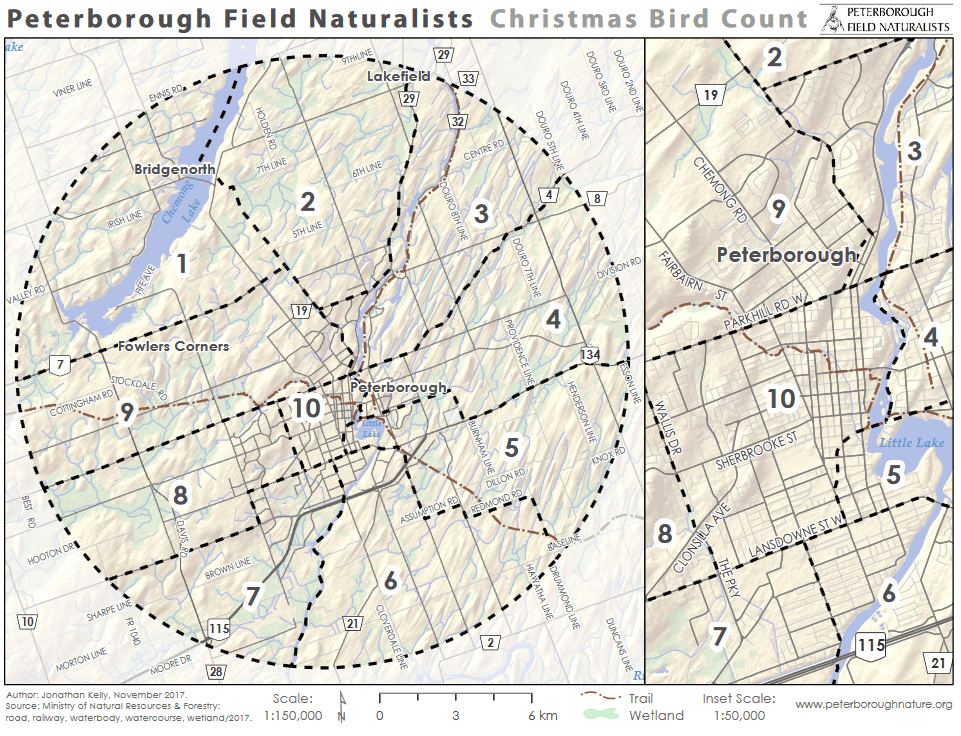
Last year, 2,646 counts took place across the Americas, of which 469 were in Canada, 1,992 in the United States, and 185 in Latin America and the Caribbean. The participants found 672 species in the U.S. and 296 in Canada. The takeaway from this 120th CBC, however, was the low total number of birds: about 42.7 million. Bird numbers have been dropping dramatically over the past 34 counts. Last year’s total was around six million lower than in 2018. Even more worrisome, this was despite a higher number of counts and a record number of participants. The decline appears to confirm a recent study outlining how bird numbers across North America have plummeted by one-third – three billion birds – since the 1970s.
Peterborough Count
The 69th Peterborough CBC was held December 20 under mostly foggy weather conditions. Eighty-four birders spent all or part of the day in the field, while 12 others kept track of birds visiting their feeders. The high number of participants clearly contributed to record-high numbers of 16 species. By the end of the day, 65 species were tallied and 19,735 individual birds. Over the past five years, the average has been about 62 species and 14,000 individuals.
Less ice coverage this year allowed for a greater variety and abundance of waterfowl which included six different species of ducks. Maybe the biggest story of the day, however, was the 25 red-bellied woodpeckers counted. This shattered the previous record of 16 and was more than twice the five-year average of 10. A relative newcomer from southern Ontario, the red-belly continues its rapid population increase in the Kawarthas.
Raptors also stood out in both diversity and numbers. Thirteen species were counted, including five kinds of hawks, three falcons, one eagle, and four owls. New record-highs were established for eastern screech-owl (7), barred owl (5), and short-eared owl (2).
Species that are common at backyard feeders were also more abundant than on any previous Peterborough count. With close to 100 people out looking and listening, all-time high numbers were recorded for black-capped chickadees (3,123), mourning doves (1,356), blue jays (563), white-breasted nuthatches (335), red-breasted nuthatches (74), and northern cardinals (457). The previous high for cardinals was less than half this number. Pileated woodpeckers also made their biggest showing ever at 28.
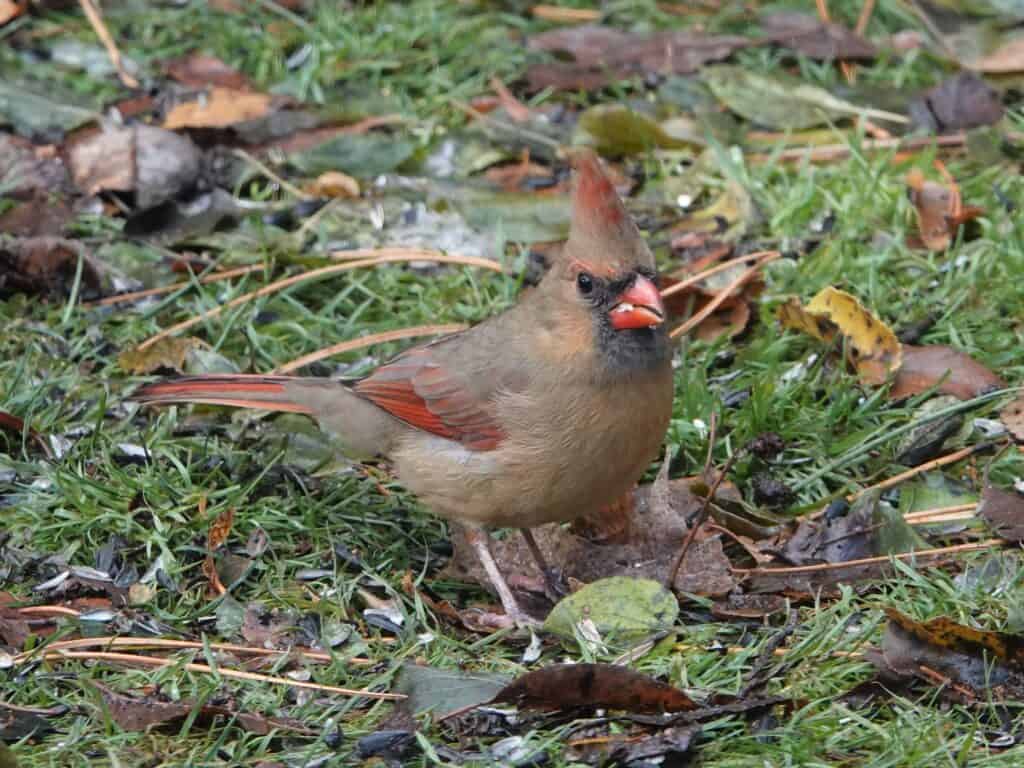
The high diversity of northern finches that have come south this fall and winter was also evident. Pine grosbeaks, purple finches, pine siskins, evening grosbeaks, and both common and hoary redpolls all turned up. No new birds were recorded this year, so the total number of species found since the count began in the 1940s remains unchanged at 136.
The species totals for the Peterborough count are as follows: Canada goose 1,500, American black duck 12, mallard 1,256, common goldeneye 135, hooded merganser 19, common merganser 2, ruffed grouse 18, wild turkey 101, northern harrier 2, sharp-shinned hawk 2, Cooper’s hawk 9, bald eagle 1, red-tailed hawk 39, rough-legged hawk 1, ring-billed gull 158, herring gull 336, Iceland gull 3, glaucous gull 1, great black-backed gull 5, rock pigeon 2,072, mourning dove 1,356, eastern screech-owl 7, great horned owl 3, barred owl 5, short-eared owl 2, belted kingfisher 2, red-bellied woodpecker 25, downy woodpecker 114, hairy woodpecker 76, pileated woodpecker 28, American kestrel 2, merlin 3, peregrine falcon 1, northern shrike 4, blue jay 563, American crow 576, common raven 34, black-capped chickadee 3,123, red-breasted nuthatch 74, white-breasted nuthatch 335, brown creeper 20, winter wren 2, golden-crowned kinglet 4, American robin 224, European starling 2,304, bohemian waxwing 651, cedar waxwing 279, snow bunting 7, yellow-rumped warbler 1, American tree sparrow 398, dark-eyed junco 576, white-throated sparrow 4, song sparrow 5, swamp sparrow 2, northern cardinal 457, common grackle 1, pine grosbeak 42, house finch 96, purple finch 9, common redpoll 1,365, hoary redpoll 7, pine siskin 6, American goldfinch 644, evening grosbeak 2, and house sparrow 468.
Petroglyph Count
The 35th Petroglyph CBC took place on December 29 in excellent weather conditions. The 34 participants found 26 species, which is well below the 10-year average of 32.4. The 1,927 individual birds counted was also low, compared to the 10-year average of 2,248. Although no new species were seen, participants did find a record 120 rock pigeons. There were also higher-than-average numbers of white-breasted nuthatches (205), which is more than twice the number usually found.
As for low counts and misses, only one mourning dove was tallied, which pales in comparison to the 10-year average of 41. Misses included wild turkey, snow bunting, Canada jay, and black-backed woodpecker. This northern woodpecker used to be found nearly every year but has only been recorded three times over the past 10 years. The Canada jay, too, used to be found annually. As its range retreats northward – most likely as a result of climate change – this iconic bird has been recorded only four times over the past 10 years.
As for winter finches, participants counted 75 evening grosbeaks, 23 pine grosbeaks, 71 common redpolls, 2 pine siskins, and 17 American goldfinches. The latter is a very low number. The 10-year average for goldfinches is 167.
The species totals for the Petroglyph Count are as follows: ruffed grouse 23, rock pigeon 120, mourning dove 1, bald eagle 7, red-tailed hawk 5, barred owl 4, downy woodpecker 24, hairy woodpecker 34, pileated woodpecker 13, blue jay 272, American crow 6, common raven 93, black-capped chickadee 822, red-breasted nuthatch 69, white-breasted nuthatch 205, brown creeper 14, golden-crowned kinglet 8, European starling 2, bohemian waxwing 1, evening grosbeak 75, pine grosbeak 23, common redpoll 71, pine siskin 2, American goldfinch 17, American tree sparrow 7, and dark-eyed junco 4. The Petroglyph Christmas Bird Count was organized once again this year by Colin Jones.
CLIMATE CRISIS NEWS
To be inspired to take an active role in addressing the climate crisis, we need to be alarmed at how serious the situation is. However, it is also important to feel encouraged by the many reasons for hope, hence these news items from both perspectives. To see a list of ways YOU can take action on addressing climate change, go to https://forourgrandchildren.ca/ and click on the ACTION button.
HOPE: The COVID-19 pandemic appears to be prompting a shift towards healthier cities. A recent article posted at theconversation.com by Anne-Marie Broudehoux of the Université du Québec explains how containment and physical distancing measures have contributed to an increased recognition of the importance of parks and other public spaces for people’s physical and psychological well-being. We are also seeing the importance of public spaces for pets, whose adoption has increased dramatically. As part of the “pedestrianization” of streets, cities like Montreal are rethinking their entire urban mobility system and removing on-street parking spaces to widen sidewalks and make bicycle lanes. The demand for public spaces for micro vegetable gardens has also surged. This article can be found at https://bit.ly/38jwmQQ
ALARM: Peterborough experienced another record-warm year in 2020. No fewer than eight of the 12 months were warmer than usual. Five months – January, March, July, November, and December- were at least 3 C warmer than the 1971-2000 average for the same months. This year was not an anomaly. The mean annual temperature in Peterborough for the 11-year period from 2010 through 2020 was 6.88 C compared to 5.9 C for the 30-year period from 1971 to 2000. In other words, an average year in Peterborough is now about 1 C warmer than it used to be. If that doesn’t seem like much, remember that many temperature extremes need to be recorded (e.g., the record 35 days above 30 C we saw this summer) in order to see this level of warming. It is these temperature extremes that make the climate crisis so dangerous. They also explain why winter has now become a disheartening series of freeze-thaw events, why sidewalks are so treacherous, and why backyard rinks are largely a thing of the past.

